What are Cannabinoids?
Common Cannabinoids Found in Cannabis
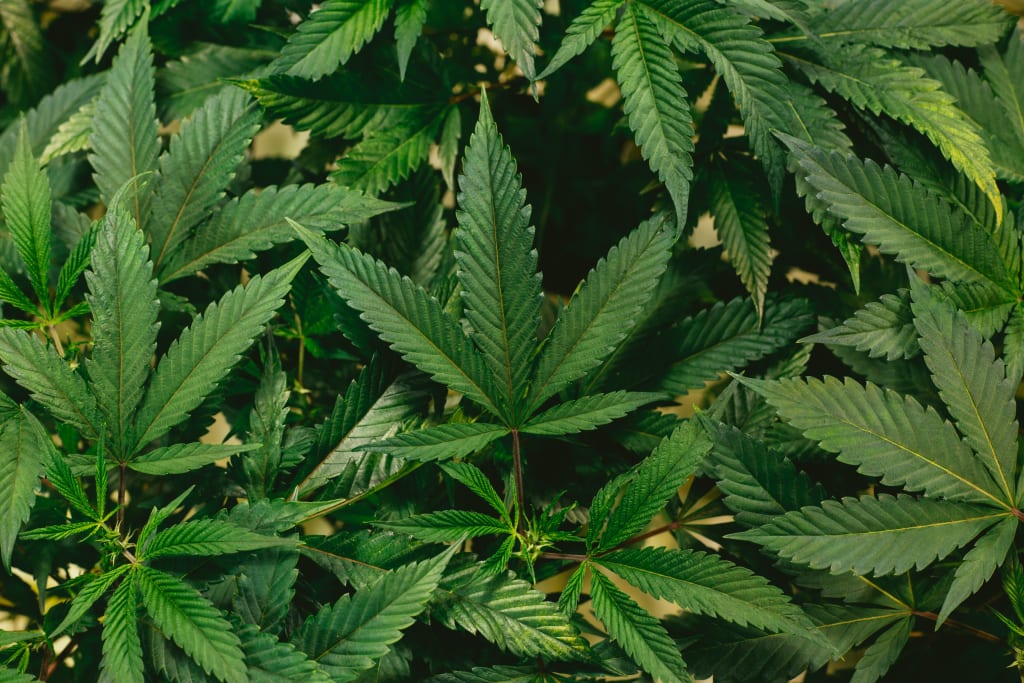
Cannabinoids are the active chemicals found in the Cannabis Sativa plant. While THC is the chemical that many are familiar with, cannabis is a very diverse plant. There are dozens of cannabinoids present in cannabis as well as hundreds of non-cannabinoid compounds. Many of these compounds have therapeutic potential. Prohibition has held back research for decades, but with legalization allowing better access to research in many places we are learning more than we ever have about the plant. That being said, there are some major cannabinoids that are more commonly present in cannabis that we can focus on.
The Human Body and the Endocannabinoid System
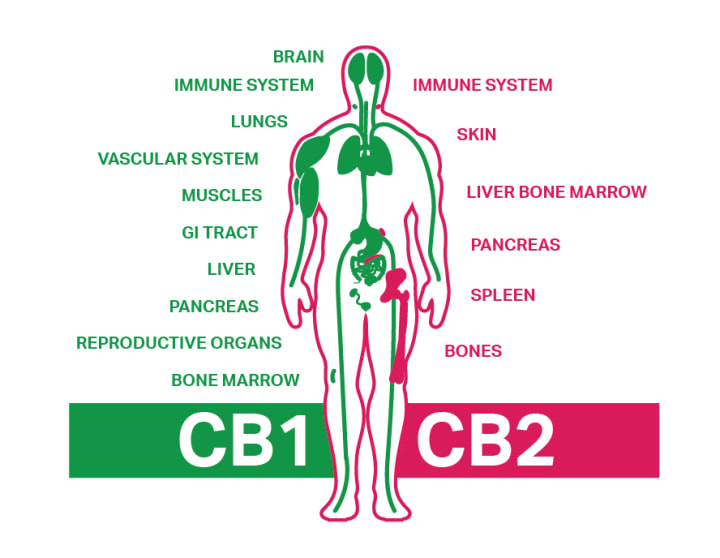
The Endocannabinoid System (ECS) is part of the central nervous system and its role is to help regulate the body and aid in homeostasis. We have two types of cannabinoid receptors that are located throughout the entire body. The CB1 receptor is mostly located in the brain and along the spine. The CB2 receptor is located in the spine, spleen, heart, kidneys, and other major systems. Cannabinoids act on these receptors to cause the unique effects that cannabis offers.
THC/THCA
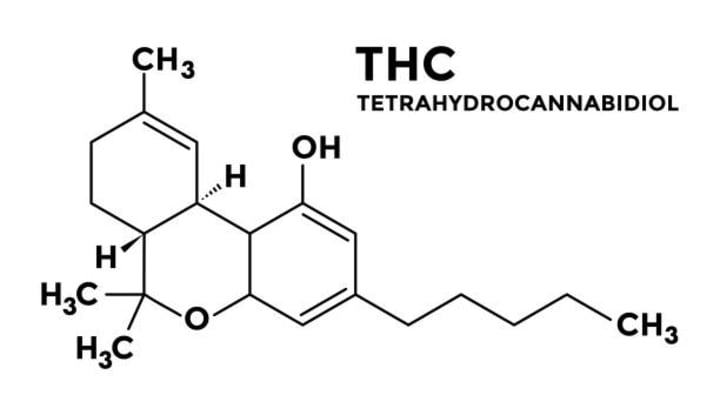
THC binds to the CB1 receptor and is responsible for the "high" intoxicating effect that most people associate cannabis with. THCA is the acidic inactivated version of THC. The acidic chain falls off of THCA when it is heated and converts to THC. Natural cannabis flower before it is heated or decarboxylated will be high in THCA and very low if any THC.
THC is helpful for many ailments and conditions and is available in many forms. It is psychoactive and can be helpful for stress, anxiety, PTSD, insomnia, and much more. Dosing is important and effects will vary from person to person depending on the dose. It is always better to start low and go slow. When it comes to THC, you can take more but you can't take less.
THCV
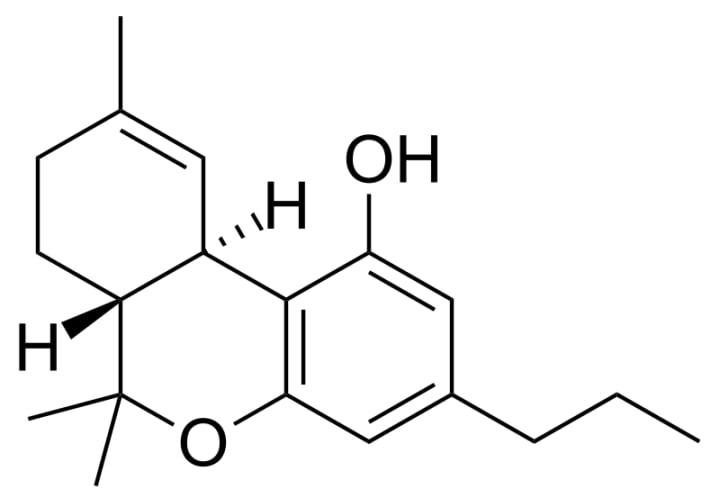
THCV is a more recently discovered cannabinoid but has some promising characteristics. THCV is psychoactive, but not nearly as much as THC. More research is needed, but it has been reported as being an appetite suppressant while helping to modulate metabolism. There is also some promise in helping to treat diabetes, as it has been shown to help regulate blood sugar as well as blood pressure.
THCV can be found in isolated forms but is found in low quantities naturally in the plant in most varieties. Most strains have less than 1% THCV, but some varieties like Durban, Power Plant, and Doug's Varin can have higher concentrations, with some cuts reaching up to 7% THCV.
CBG
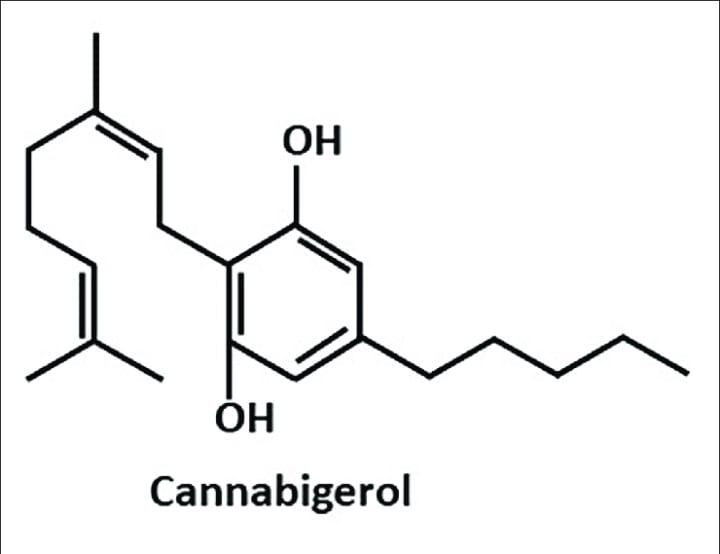
CBG is also known as "the mother of all cannabinoids." All cannabis plants, regardless of variety start off with high CBG which is converted to other cannabinoids like THC and CBD. Some CBG may remain through the harvest and cure depending on the specific strain of cannabis. Harvesting plants early before they are mature can also cause elevated CBG levels.
CBG binds to the CB2 receptor and is non-intoxicating. The stomach and gut are abundant with CB2 receptors which makes CBG effective for helping with stomach issues, bowel inflammation, IBS/IBD, and nausea. Many people have also found relief from anxiety using CBG. Some studies have also shown that CBG could play a role in reducing the rate of growth of cancer cells. CBG, like most other cannabinoids, is also effective at treating inflammation topically.
CBDA/CBD
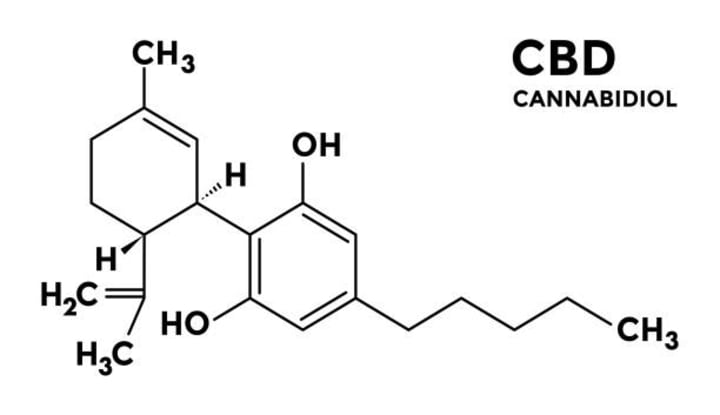
CBD binds with the CB2 receptor and is non-intoxicating. Similar to THCA, CBDA is an inactive compound with an acidic chain. When heated, CBDA converts to CBD.
CB2 receptors are abundant throughout our bodies which is why CBD is helpful for a variety of purposes. CBD can help regulate our fight-or-flight response, which can be helpful for anxiety. It can also aid with epilepsy, PTSD, chronic pain, and much more. CBD is often most effective when combined with small amounts of THC. Some studies have also shown that CBD could benefit individuals with Parkinson's and Alzheimer's.
CBD can be helpful for a wide variety of conditions. It is important to remember that the reason is that our endocannabinoid system affects our entire body and mind. Its purpose is to regulate the body and maintain homeostasis.
CBN
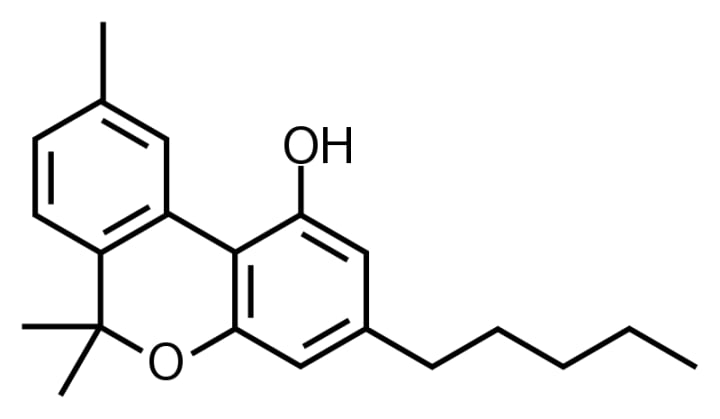
CBN binds with both the CB1 and CB2 receptor. It has a much higher affinity for the CB2 receptor and is non-intoxicating in most cases. Some people may feel mild intoxication and sedation at high doses.
CBN is great for insomnia and as a general sleep aid. It promotes a healthy sleep cycle by helping you fall asleep as well as stay asleep. CBN regulates the sleep cycle and helps maintain normal REM cycles. It is also an effective anti-inflammatory and could help relieve pain.
While CBN can be used alone, it is most effective when combined with even a small dose of THC. CBN can be created by applying heat to THC flower or by aging it for an extended period of time. The majority of freshly harvested cannabis will only have trace levels of CBN.
Delta-9 THC vs Delta-8 THC and Other Synthetic Cannabinoids
In the past few years, there has been a boom in Delta-8 THC products being sold in gas stations, convenience stores, or really anywhere.
Delta-9 THC is found naturally and can be thought of as "normal" THC. Delta-8 THC is only found in trace amounts if at all in prototypical cannabis plants. Normally, Delta-8 THC is synthesized synthetically by using an acid bath on a CBD-dominant flower (hemp). This conversion can also be done using THC dominant flower but this is not common because CBD is much cheaper to produce,
This process could be done in a safe way that does not leave any harmful byproducts, but this is often not the case. The problem is that Delta-8 THC is often not tested in any way. This leaves the chance of residual solvents being left behind in the end product. Overall, Delta-8 THC has very similar effects to THC. The problem becomes that you don't really know what you are consuming at the end of the day. Synthetic products and cannabinoids are the result of individuals not having access to a regulated legal market with standards and test results
Conclusion
These are not nearly all cannabinoids that are found in the plant, but they are some of the most common you will find in products today. We are still learning about this plant and all of its medicinal benefits. New research is being conducted all of the time and everybody has a cannabinoid system that is unique and works a little bit differently. Cannabis is a personalized medicine, and these cannabinoids are the tools that you can use to improve your quality of life.
About the Creator
Adam Phillips
I am a cannabis industry professional currently working in a medical dispensary. My passion is to educate people on how to use cannabis and other natural remedies to improve their quality of life.






Comments
There are no comments for this story
Be the first to respond and start the conversation.